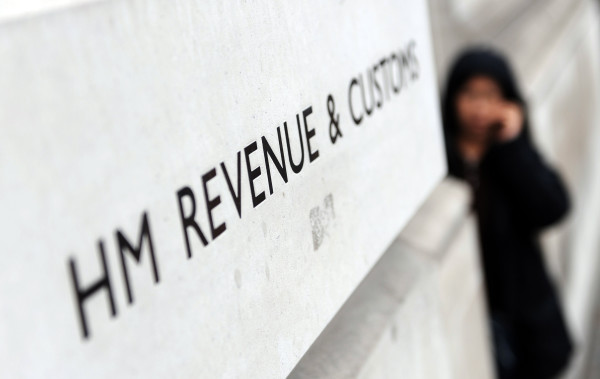

HM Revenue and Customs has confirmed it cannot tell how many individuals have paid pension contributions above the Money Purchase Annual Allowance.
Responding to Freedom of Information request from Aegon, HMRC explained it does collect data from individual tax returns on how many individuals contribute above their allowance but it doesn't distinguish between those who exceed the standard £40,000 limit, high earners affected by the tapered Annual Allowance, or the group of moderate earners who break the £4,000 MPAA.
It said: “Information on Money Purchase Annual Allowance breaches cannot be separated from the Annual Allowance on the self-assessment form.
“This is because in form SA101, on page 10, there is only one box (box 10) which records the amount by which pension savings exceed an individual’s MPAA, the AA or tapered AA. The actual AA they face is not required.”
The MPAA kicks in if an individual accesses their defined contribution pension flexibly from age 55.
Once triggered, the MPAA reduces the maximum annual pension contributions in a tax year from the ‘standard’ £40,000 to just £4,000.
With the disruption to employment caused by the pandemic, Aegon said it fears many more over 55s will have taken money from their pension to tide them over, but will struggle to get their retirement plans back on track on regaining employment because of the £4,000 limit.
Steven Cameron, pensions director at Aegon, said: “It’s very concerning that HMRC isn’t collecting the detailed data to show the scale of the issue and how this is changing over time.
“We fear the MPAA is catching an increasing number of over 55s who take some of their pension flexibly, without realising the limit this places on future pension contributions, including through auto-enrolment workplace schemes. Anyone who does pay above the MPAA is subject to a tax charge.”
Cameron added: “Their data combines this group with those breaching the £40,000 standard annual allowance, or the tapered annual allowance, both of which consist of a very different population of people, mostly high earners, including those receiving a boost to their defined benefit pension because of a large salary increase.”
Philip J Milton, chartered wealth manager at Philip J Milton & Company, thought it was “bemusing that HMRC cannot say how many tax-payers have been penalised”.
He said: “I suppose it would always be ‘after the event’ but a good start would be to consider how many pension account holders have taken a penny form a pension so they cannot contribute more than £4,000 per annum into pension schemes ongoing.
"The first figure should surely be easy and then the match with those continuing to contribute anything at all I should have thought – and then the balance which is those subjected to a penalty.”
He added: “It even makes me wonder if HMRC knows that it is actually taxing those who are inadvertently paying over £4,000 per annum, especially if the trigger is for the individual himself to complete a self-assessment return. They wouldn’t do that if they didn’t appreciate the rule.
“It also suggests that those doing so could wait for two or three years or so before HMRC may catch-up through the back door.”
Unknowingly triggered
Tim Morris, IFA at Russell & Co Financial Advisers, gave one example of a client who came to him after unknowingly triggering the MPAA.
“This really restricts what she can do in terms of future pension planning – and she still has seven years until she plans to retire and is currently a higher rate taxpayer so would benefit from further pension contributions.
“It happened because she accessed a small pension under pension freedoms to help her daughter get on the property ladder.
"At the time, her earnings for the tax year were low and she thought she could draw the pension with little tax to pay. An example of a bit of knowledge being a dangerous thing – yet also the increased complexity of the various annual allowances we now have."
Morris said the £4,000 limit was “much too restrictive”, especially in the age of pension freedoms when more people are accessing their pensions prior to retirement.
Impact needs to be assessed
Ricky Chan, director at IFS Wealth & Pensions, also agreed with Aegon’s sentiment that HMRC should be doing more to assess the impact of the MPAA’s restrictions and the numbers who inadvertently breach it.
“Collecting more data usually means placing the onus on individuals to accurately declare these on their tax-returns and understanding which allowance has been breached – generally pensions and tax are quite complicated so this may present a challenge in itself,” he said.
“This might lead to more individuals needing professional help (so higher costs) to fill in what may otherwise have been a more straightforward tax-return.”
Aegon is also encouraging the government to urgently consider increasing the MPAA from £4,000 back to its original level of £10,000.
Earlier this year, Jon Greer, head of retirement policy at Quilter, told the Work and Pensions select committee the government should "take a good look" at the MPAA, especially in the current economic climate following Covid-19.
sonia.rach@ft.com
What do you think about the issues raised by this story? Email us on FTAletters@ft.com to let us know



